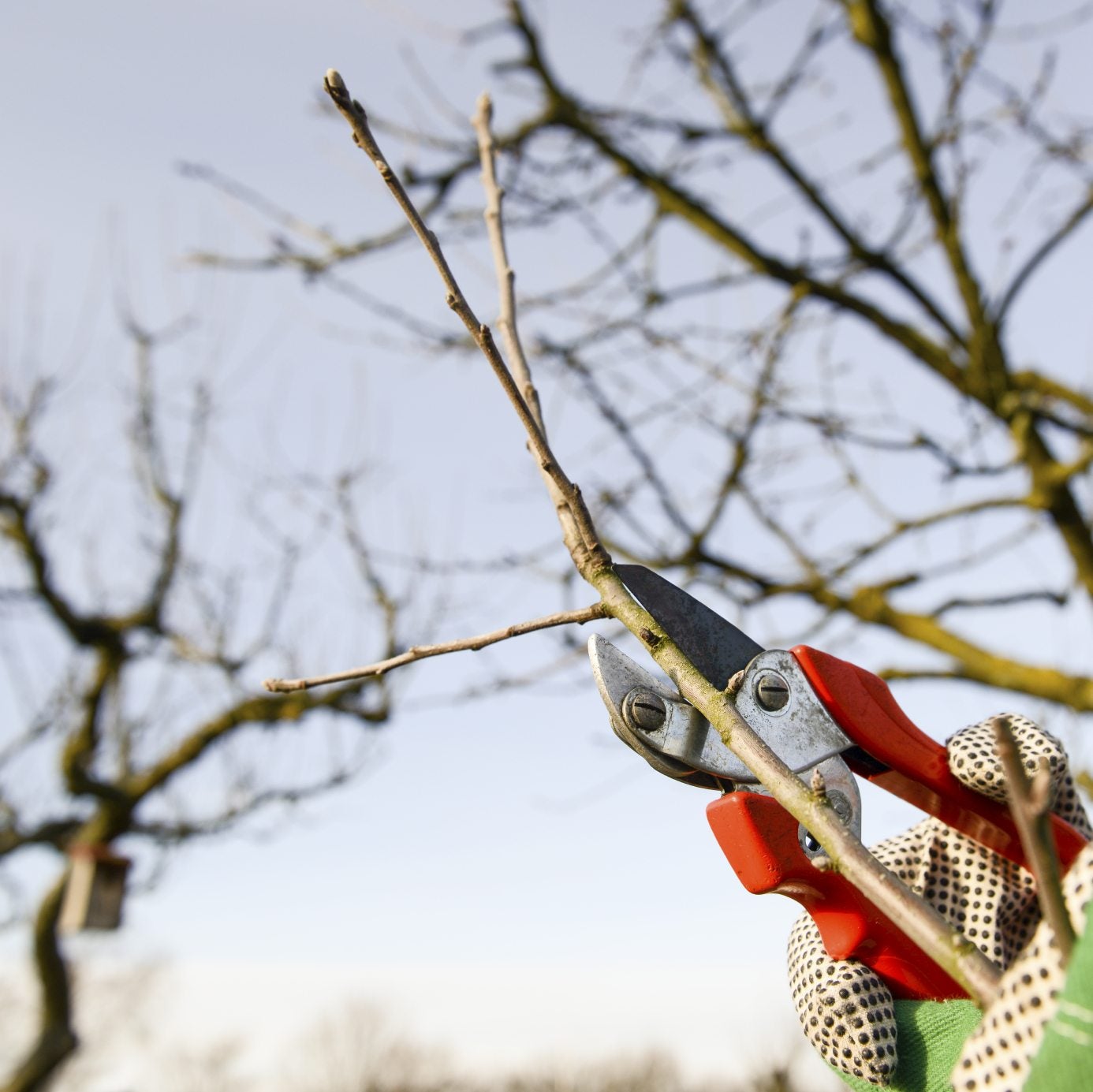Winterizing Fruit Trees: Tips On Fruit Tree Care In Winter


When gardeners think about fruit tree care in winter, their thoughts often turn to chemical spray solutions. Yet, for many fruit tree diseases – including peach leaf curl, apricot freckle, brown rot, – prevention is easier to accomplish and costs less than a cure. Just a few well-timed and well-chosen sprays can do a lot toward controlling fruit tree problems. Read on for information about how to care for fruit trees in the winter and winterizing fruit trees.
Winterizing Fruit Trees
If you want to know how to care for fruit trees in the winter, think of prevention. You can avoid many problems if you buy fruit tree varieties that are resistant to the worst species of disease. It’s also important to give your trees proper attention and care. One good step toward preventing diseases and infestations in your fruit trees in winter is a good autumn cleanup of the orchard. As part of your winter treatment for fruit trees, remove any dropped, rotting fruit as well as remaining fruit on the trees. Rake up fallen leaves as well, since they can be harboring insect pests. You can also prevent or limit fruit tree diseases by pruning correctly in winter. You’ll need to sterilize the pruners before use with denatured alcohol. Most fruit trees are deciduous and drop their leaves in winter. These trees are best pruned while they are dormant, after the leaves have fallen, generally between December and early February. However, members of the apricot family should be pruned in August to prevent Eutypa infection. When you are pruning, your first step is to remove dead, dying, or diseased branches. Also, trim out branches that grow straight up and root suckers. If you notice disease in the tree, be sure to prune the tree enough to eradicate the disease. With fruit trees, the risk is not inviting a new infection by pruning, but by failing to remove all diseased wood. Look for the lowest edge of the visible infection in a tree branch, trace the branch back to where it attaches, then cut at the next branch juncture down. This removes both the infected branch and the branch attached to it.
Fruit Tree Care in Winter
After winter pruning, your winter treatment of fruit trees continues with spraying in order to control pests and diseases. Dormant oil sprays are not toxic to humans or pets, but they work wonders on apples, plums, and pear trees that had leaf curl caused by aphids. The dormant spray suffocates insects on the trees. You can also use dormant oil sprays to combat scale insects on fruit trees. For citrus trees with aphid, scale, or mealybug infections, use summer oil instead, as dormant oil may injure the citrus leaves. You’ll have to use copper fungicide sprays on peach trees and nectarine trees that had leaf curl disease the prior summer.
Sign up for the Gardening Know How newsletter today and receive a free copy of our e-book "How to Grow Delicious Tomatoes".

Teo Spengler is a master gardener and a docent at the San Francisco Botanical Garden, where she hosts public tours. She has studied horticulture and written about nature, trees, plants, and gardening for more than two decades, following a career as an attorney and legal writer. Her extended family includes some 30 houseplants and hundreds of outdoor plants, including 250 trees, which are her main passion. Spengler currently splits her life between San Francisco and the French Basque Country, though she was raised in Alaska, giving her experience of gardening in a range of climates.